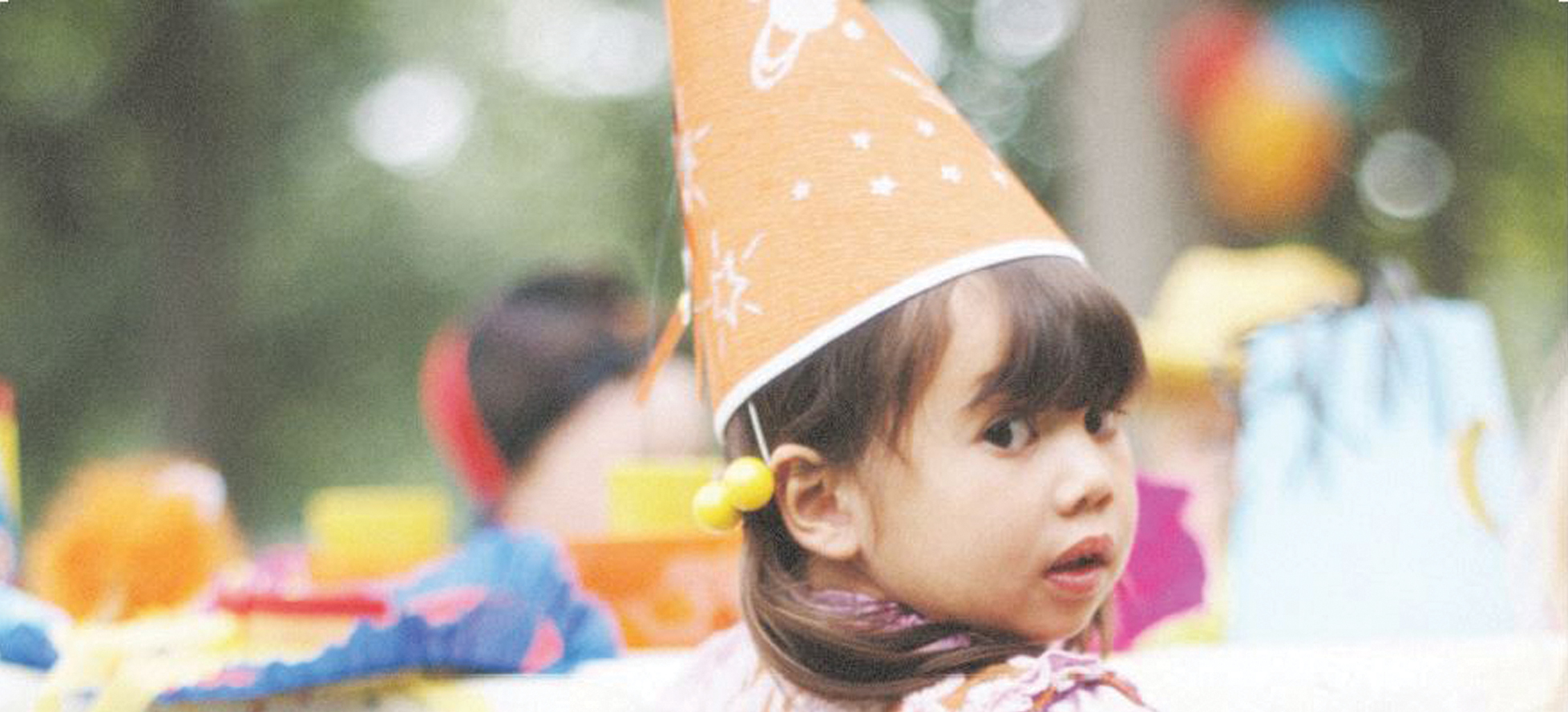CELEBRATING SAFELY: Read about tips to avoid cross-contamination
SickKids Dietitian shares her top tips to reduce the risk of cross-contamination—and stress—during food celebrations.
For families living with the risk of anaphylaxis, the act of sharing food can be a major source of anxiety. SickKids Registered dietitian Mara Alexanian-Farr shares her top tips to reduce the risk of cross-contamination—and stress during Halloween and the holiday season.
1. Be vocal
Family, friends, and neighbours often don’t understand the challenges or severity of food allergies. You and your child are your best advocates to raise awareness about what living with food allergy means and how people can help by being more aware.

Help your child be careful, not fearful. Talk to them about their food allergy, how it makes them feel, and what they can do to about it—like reading food labels. Food producers change their ingredients, so encourage your child to build the habit of checking food labels every time you shop, cook, and prepare to eat.
3. Host or offer to help
By hosting, you can let guests know what safe foods they can bring into your home and share tips about safe food preparation.
By helping the host, you can offer to plan an inclusive, allergen-free menu, share your recipe modifications, and advise on food preparation to avoid cross-contamination.
If allergens are still going to be on the menu, take food you’ve prepared for your child, designate a safe, allergen-free area in the kitchen, prepare safe foods first, and try to serve your child before other guests.
“Help your child be careful, not fearful.”
4. Get creative
For celebrations like Halloween, host a scavenger hunt at your home with safe treats or non-food items; be the first household on your street to display a teal pumpkin and provide non-food items to trick-or-treaters; prepare safe treats that you can drop off at your neighbours for your kids; ask your children to hold off on eating any candy until you get home, survey the haul together to identify anything unsafe, and do a candy swap for safe foods or fun, non-food items like stickers, pencils, or colouring books.
5. Be prepared
Prepare an emergency plan. Make sure your child and the host are aware of what to do if your child has a reaction. Have EpiPens at hand. Involve your child if mature enough. Make sure your child knows to speak up if not feeling well. Just like Jordan did! Read Jordan’s story here.
Mara Alexanian-Farr works with the SickKids Food Allergy and Anaphylaxis Program, preparing foods for the oral food challenges, helping families introduce food items that have been unlabelled as allergenic, and supporting research projects.


